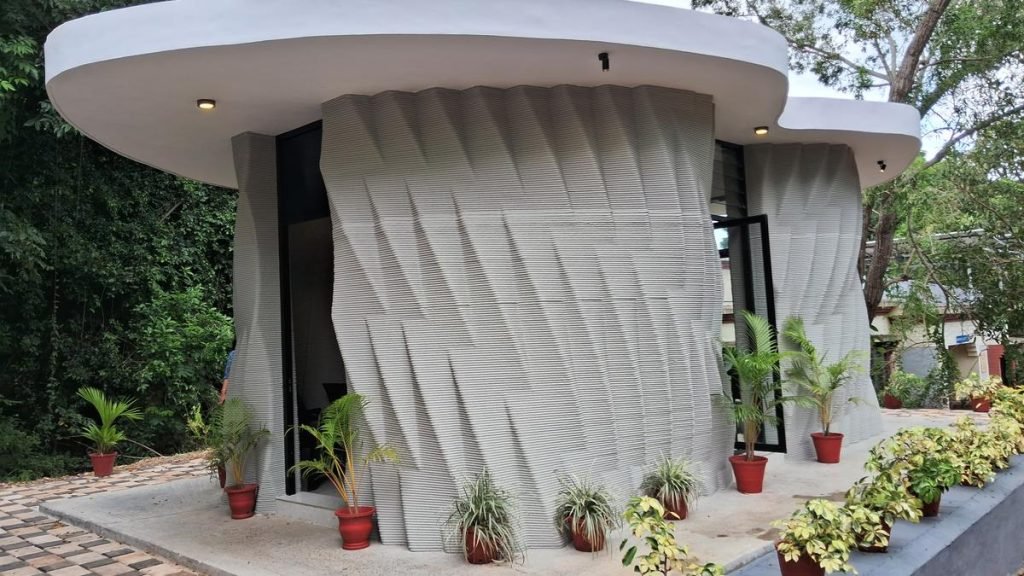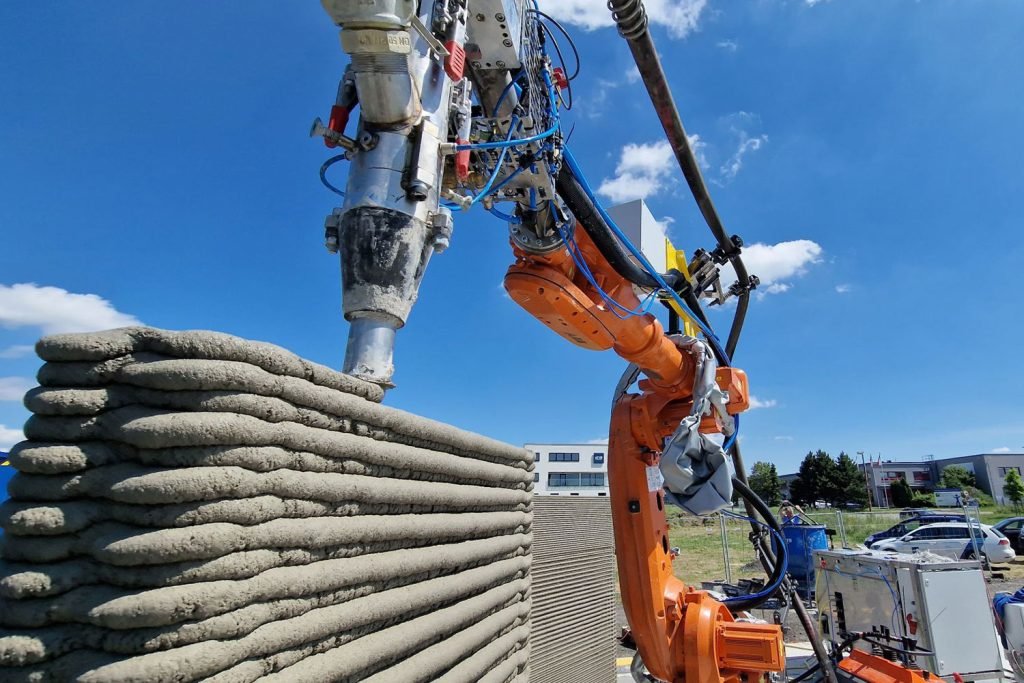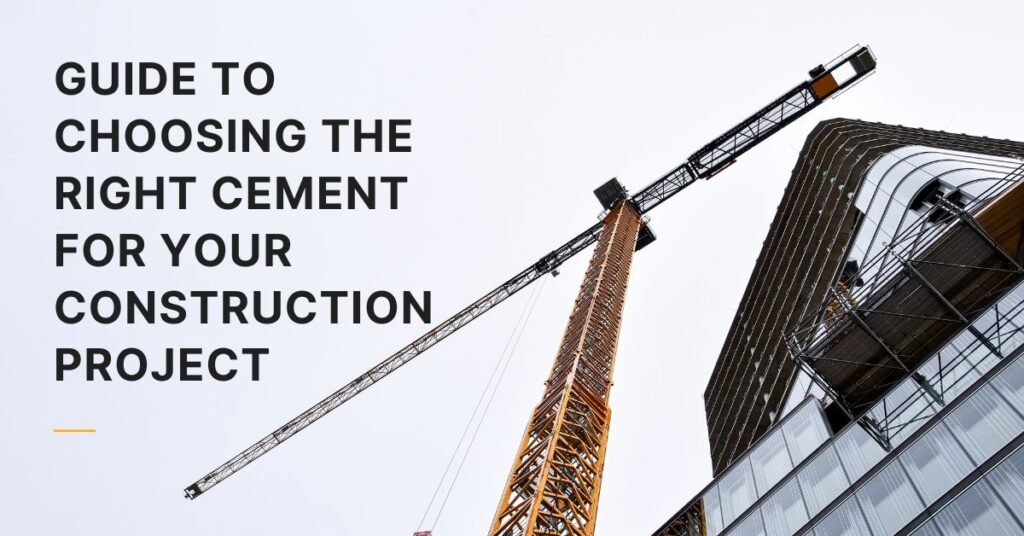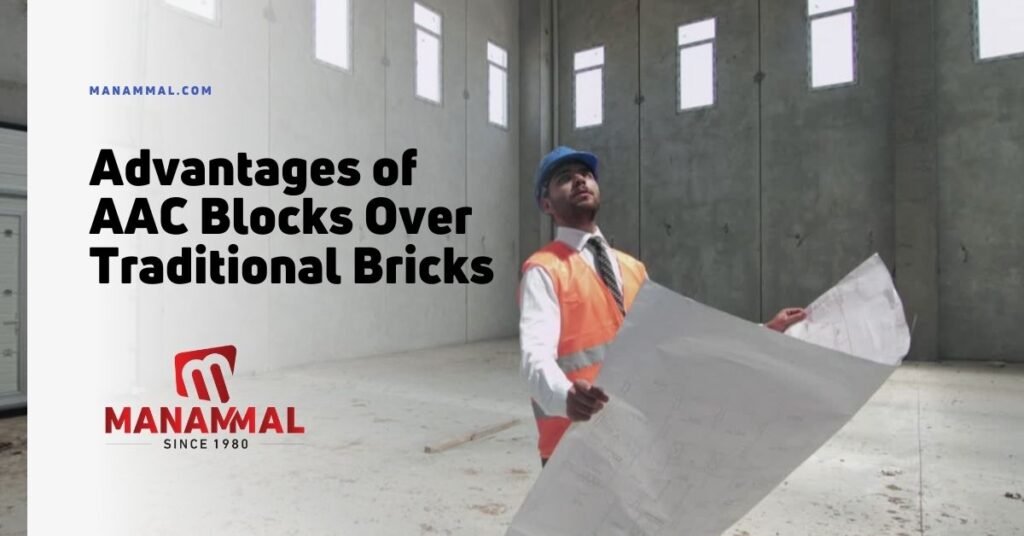The way we build homes and buildings is changing fast. One big game-changer is 3D printing. It’s making construction quicker, cheaper, and more creative.

How Does 3D Printing Work in Construction?
3D printing in construction uses large machines to build things layer by layer. It’s like icing a cake but with special concrete instead of frosting. These machines can make walls, foundations, and other parts of a building. The process is mostly automated, so it doesn’t need a lot of workers. This saves time and money.
What’s Special About the Cement?
The cement used for 3D printing isn’t the same as regular cement. It’s a custom mix with some cool features:
- It’s Easy to Shape: The cement flows smoothly through the machine but hardens quickly to hold its shape.
- It’s Stronger: Fibers are added to make it tougher and prevent cracks.
- It’s Eco-Friendly: Sometimes recycled materials are mixed in, which is better for the planet.

Does It Use Steel Bars (TMT)?
You might wonder if 3D printed buildings still need steel bars, like the ones used in regular construction. Here’s how it works:
- Small Projects: For small buildings or decorative walls, the cement alone is often strong enough.
- Bigger Projects: For taller buildings or heavy walls, steel bars are added for extra strength. These bars can be placed during the printing process.
- Mix and Match: Sometimes, 3D printing is combined with pre-made steel frames for the best results.
Why Is 3D Printing So Great?
- It Saves Money: Less labor, faster work, and less waste mean lower costs.
- It’s Creative: Builders can make unique shapes and designs that were hard to do before.
- It’s Green: Using fewer materials and adding recycled stuff helps the environment.
- It’s Fast: What used to take months can now take weeks or days.
What Are the Challenges?
Of course, it’s not perfect yet:
- The cement mix still needs to improve.
- Adding steel bars automatically is tricky.
- Building rules for 3D printed structures are still catching up.
What’s Next?
As the technology gets better, 3D printing will likely become a normal part of construction. Imagine entire neighborhoods built in weeks instead of months. By mixing cement with smart ways to reinforce it, these buildings will be strong, safe, and ready for the future.
FAQ
-
Can 3D printing be used to build homes in remote areas?
Yes, it’s a great option for remote locations. The equipment can be brought to the site, and it needs less workers and materials. It makes building homes easier in hard-to-reach places.
-
Are 3D printed buildings earthquake-resistant?
They can be. With the right design and materials, 3D printed structures can handle earthquakes. Adding steel bars or frames help make them stronger.
-
How much time does it take to print a house?
Printing the main structure takes about 24 to 48 hours not including things like plumbing, wiring etc…
-
What’s the lifespan of a 3D printed building?
It’s similar to regular buildings. With good materials and upkeep, it can last for decades.
-
Can 3D printing handle big projects like skyscrapers?
Can 3D printing handle big projects like skyscrapers?
-
Is 3D printing more expensive than traditional methods?
At first, the equipment and setup can be costly. Over time, it saves money because it uses fewer materials, less labor, and creates less waste.


